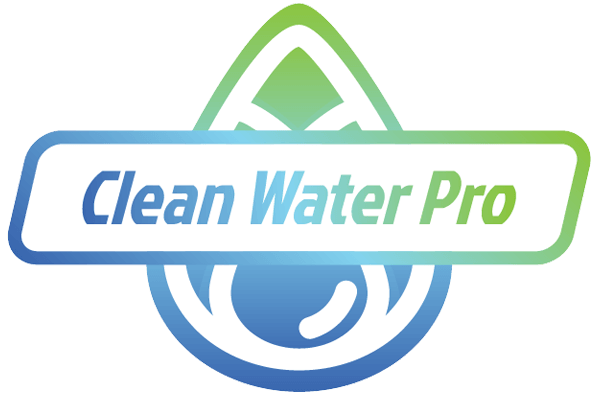What Are Zooplankton?
Zooplankton—sometimes referred to as micro-organisms—are a critical piece of the aquatic ecosystem. They are tiny organisms that float through the ocean or freshwater habitats and provide essential food for various other species. Because they are only a few millimetres in size, they are often overlooked, but they are vital to the health of water bodies and their inhabitants. In this blog post, let’s explore what zooplankton are, why they’re important, and how they can benefit our planet.

Zooplankton comprises various micro-organisms, including protozoans, fungi, bacteria, and algae. They are extremely small—most are just a few millimetres in size—and float through the water, drifting along with the current. These tiny organisms form the ocean’s base of the food chain, providing essential nutrition to various species. From jellyfish to fish larvae, numerous sea-dwellers rely on zooplankton found in their native habitats and around the world. So, what exactly is zooplankton, and why is it so important to a healthy aquatic ecosystem?
Zooplankton is a term used to describe the microscopic organisms found in freshwater and saltwater environments. These plankton are often visible as tiny floating dots near the water’s surface. The term “zoo” comes from the Greek word for “animal,” and the term “zooplankton” refers to the comprised of crustaceans and rotifers, among other creatures. While some species can be as small as 10 µ, some can be as large as 10 mm.
How Does Zooplankton Affect Aquatic Ecosystems?
Zooplankton plays a crucial role in the balance of aquatic ecosystems. These small organisms are food sources for predators like fish, crabs, and shrimp. They form an important part of the food chain and are an important food source for larger organisms. They are essential for species’ survival up the food chain, and they work to transfer energy throughout the ecosystem.
Zooplankton is important for aquatic ecosystems, as they provide food for larger species, create oxygen via photosynthesis, decompose organic matter, and remove sediment from water. As human activity disrupts natural ecosystems, zooplankton is increasingly at risk. Pollution, overfishing, and habitat destruction harm zooplankton and their larger ecosystems. Additionally, some species are threatened, with populations decreasing due to environmental changes. By educating ourselves about the importance of zooplankton, we can help make positive changes to our aquatic environments.

Zooplankton is essential to aquatic ecosystems, and pollution, overfishing, and climate change pose potential risks. We must take steps to preserve and protect these important creatures, including implementing stricter fishing limits, reducing our use of single-use plastics, and reducing our carbon footprint. By increasing our awareness of these threats and taking action, we can ensure that zooplankton can carry on serving their vital role in our aquatic environments.
Additionally, zooplankton is integral to regulating physical and chemical imbalances in the water. They help to absorb pollutants, control temperatures and remove nutrient pollution. Nutrients like phosphorus and nitrogen are essential for algae growth. An excess quantity of these nutrients can create problems like algal bloom—where algae growth becomes uncontrollable and can have serious permanent environmental consequences.
By attaching to extra nutrients, zooplankton can help regulate their environmental levels. This micro-organism is an important component of a balanced healthy marine environment, and it’s crucial for the survival of different species in the system. Their health is a vital part of the health of the overall ecosystem. While there are a variety of environmental threats to zooplankton, from the effects of climate change to more immediate threats like water pollution, they are becoming increasingly apparent.
Zooplankton is microscopic animals that are essential to many aquatic ecosystems. In particular, they provide food for many aquatic animals and nourish the ocean’s food web. As microscopic animals, zooplankton can’t move around easily, so they are often taken up and moved around with ocean currents. As a result, zooplankton can serve as an important biological indicator for overall ecosystem health.
What Impacts Zooplankton Populations, And Why Does It Matter?
Climate change has had and will continue to greatly impact zooplankton populations due to increased water temperatures, ocean acidification, and decreased ocean oxygen levels. Ocean acidification has a significant impact on zooplankton and the aquatic ecosystem. As ocean acidification increases, the pH of the ocean drops, reducing the number of carbonate ions available for zooplankton to obtain through calcification.
The pH reduction impacts their ability to form and maintain their calcium-based shells, which are essential for survival. Zooplankton also serves as a food source for larger fish and other marine life, so decreased zooplankton concentrations can further negatively impact the aquatic ecosystem. As a result, zooplankton populations have been severely affected in certain areas of the world, such as reduced biodiversity and population density.
Environmental degradation is another major threat to zooplankton populations, especially those within urban areas. This includes pollution from industrial waste, sewage, and runoff from agricultural areas, all of which can contaminate waterways and reduce zooplankton populations. The effects of environmental degradation can be seen in the form of reduced diversity and fewer individuals compared to undisturbed bodies of water.

What Can We Do To Protect Our Aquatic Ecosystems?
As part of our mission to protect and preserve the health of our aquatic ecosystems, we must do all we can to safeguard zooplankton and prevent populations from further decline. To do this, we must support conservation efforts and reduce our impact on the environment, especially in the areas most affected by human activities and climate change. We need to reduce the amount of pollution and waste released into waterways and increase awareness of the importance of our aquatic ecosystems and the species that live within them.
